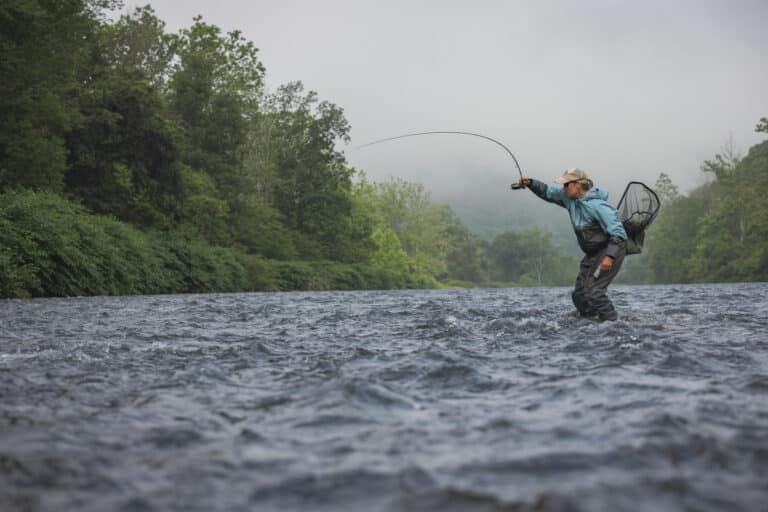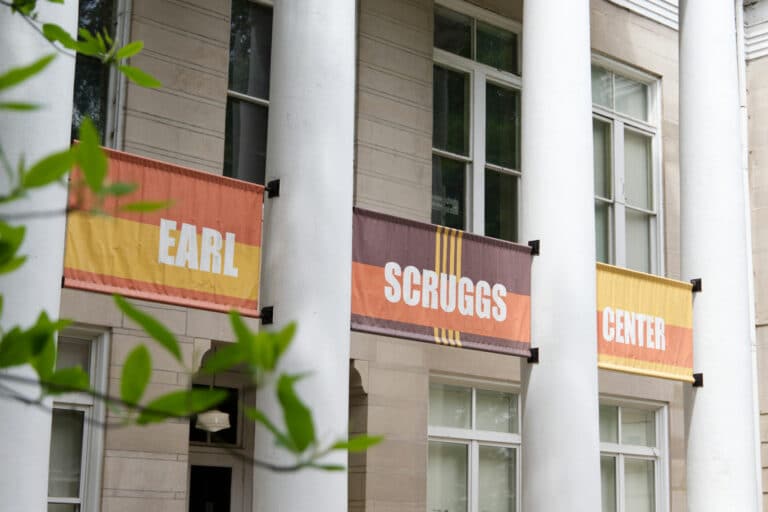Water Scarcity Provokes Battles Between The States
Something strange is afoot in the Southeast. Georgia’s legislature is orchestrating a land grab in Tennessee. Maryland is quoting King Charles to defend its resources from Virginia. South Carolina is taking North Carolina to the Supreme Court, and Georgia is getting sued by all of its neighboring states. Why are these good neighbors at each other’s throats? Water. More specifically, a serious lack of water. While “peak oil” grabs the media attention, communities are watching their water supplies dwindle and starting to wonder if we’ve reached “peak water.”
“This is an issue that’s new to our region because the Southeast traditionally has a lot more water than communities in the Western United States,” says Gil Rogers, an attorney with the Southern Environmental Law Center who specializes in regional water issues. “But the population growth is putting a strain on the water sources and we’re starting to feel that tension.”
Last summer, the Southeast experienced the worst drought it’s seen in 100 years. At one point, Atlanta only had 80 days of water left in its reservoir. The small town of Rock Spring, South Carolina ran out of water, and was forced to truck fresh water in from neighboring municipalities. In Orme, Tennessee, the water supply was so depleted, the mayor only turned the water on for three hours a day. The drought even inspired Georgia’s governor Sonny Perdue to lead a televised prayer for rain as a choir sang “Amazing Grace.”
Last year’s drought brought some much needed attention to the water shortage, but the demands on our water sources actually have been growing for decades. In 1988, Alabama sued the Army Corps of Engineers because they were allocating water from the Chattahoochee River basin to Atlanta without analyzing its downstream impacts. By diverting so much water from to Atlanta, the Army Corps of Engineers deprived downstream communities and ecosystems of their fair share. Florida attached itself to the lawsuit in hopes of protecting its billion-dollar shellfish industry, which depends on the freshwater from the Chattahoochee River watershed.
But there are other water wars being waged. South Carolina is taking North Carolina to court over the right to tap into the Catawba-Pee Dee River. And in 2003, Virginia took Maryland to court over the water rights to the Potomac River, rights that were granted solely to Maryland by King Charles I…in 1632. The two states currently use 85 percent of the Potomac’s water flow, and Virginia wants to tap into it even more.
“It’s a water sharing issue,” says April Hill, program director for Alabama Rivers. The trouble, according to Hill, is that the rivers may start in Georgia, or Maryland, or North Carolina, but they flow into other states without any regard for political boundaries. “You have to look at these rivers as a whole watershed, not just pieces you can allocate one direction or another. Who gets to determine who has water to drink and who doesn’t?”
The water sharing issue may be relatively new to the Southeast, but it’s been boiling for decades across the globe. Las Vegas, Phoenix, and Los Angeles are sucking Lake Mead and the Colorado River dry. India has 20 percent of the world’s population, but only 4 percent of the world’s fresh water. The Nile, Yellow, Indus, and Ganges Rivers are all tapped so heavily, they never reach the ocean. Israel and Syria have already opened fire on each other over rights to the Jordan River. Australia is experiencing the worst that country has ever seen. Showers are limited to four minutes. Car washes are illegal.
According to the United Nations, 1.8 billion people will live in countries with “absolute water scarcity” by 2025. Global warming is exacerbating the situation. According to the National Climate Data Center, 43 percent of the U.S. was in a moderate to extreme drought last year, and 26 percent of the Southeast was in an “exceptional drought”—the highest level of drought there is.
But the heart of the water shortage isn’t the lack of rain—droughts are natural occurrences, after all—but the abundance of people. Since 1950, the world’s population has grown from 2.5 billion to 6 billion. Our numbers are outgrowing our freshwater supplies.
In the Southeast, the population boom is no more obvious than in Atlanta, one of the fastest growing cities in the country. Atlanta and its surrounding suburbs are currently approaching six million people, and two million more are expected by 2030.
Anticipating these growing pains, the Georgia legislature has formed a border committee to re-examine the line that divides Georgia and Tennessee. They’re hoping to move the border a mile north so a piece of the Tennessee River will sit inside Georgia, allowing Atlanta to run a pipeline from the Tennessee River to its booming metropolis.
“Some people think this pipeline is the answer to all of Atlanta’s problems, but from an economic and environmental standpoint, it’s a disaster,” says Rogers. “We’d be taking an incredible amount of water out of that river which will deprive downstream users and ecosystems while putting Atlanta on track to keep growing unsustainably.”
This unsustained growth is at the heart of Georgia’s trouble with neighboring states. While Georgia’s legislature looks for more water to grab from its neighbors, it isn’t looking to curb Atlanta’s water usage. According to the Georgia Department of Natural Resources, Atlanta residents use 10 percent more water than the national average. And there’s no change in sight. Georgia just passed a water management plan that does not include any water conservation measures.
“Atlanta’s current push to drain more water from more rivers isn’t sustainable or practical. It will cost millions,” Rogers says. “Conservation is a lot less expensive and a lot more practical in the long run.”







